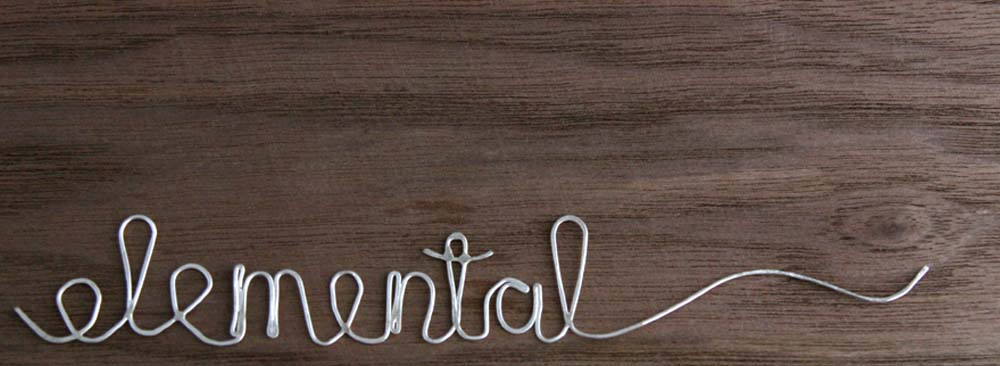Where would we be without color? The deep blue sea, scarlet poppies, and blazing sunsets would all be pretty nondescript without the hues that make them unforgettable.
There is so much to learn about color, but I'm going to keep it fairly simple here. While it is true that a strong foundation of color and color relationships will take an artist's work to the next level, for the purposes of this simple lesson, we'll skip the color wheel, so as not to bore the kids to death, and jump right to actually using color.
To start, let's go back to "seeing with our eyes and not our brains" (I know, I keep bringing this up, but it is one of the best things you can keep in mind when rendering objects). Just like the tomatoes of Lesson I are not perfectly spherical in shape, nor are they just red. On a single tomato we can spy red, orange, yellow, and deep crimson, and even a hue that seemed somewhat blue, not counting the greens of the stem and browns of the blemishes. It is precisely this myriad of color that makes an object interesting when rendered.
Take a closer look. See the variations. Encourage your kids to believe that they really are seeing colors that don't necessarily "make sense," like blue on a tomato.There are many reasons for seeing that blue, like a reflection from a nearby object, or the combination of a particular shade of red, mixed with the low-value tones of a shadow.
Even if your subject is a factory-made piece of purple plastic that features a consistent shade, that purple is going to appear slightly different, depending on how the light and shadows are effecting it. So, you see, nothing should ever be rendered as just one color, even if it is...just one color.
Color Exercise:
For this lesson, you will not necessarily need to set up a still life. In fact, drawing from nature would serve this lesson best, as objects that occur in nature tend to have many variations in color.
- Take a walk with your kids around the yard or inside your home. Point to objects and have them say the first color that comes to mind, like "green!" for grass.
- Next, have them take a closer look. If they can, have them touch the object, and look at it from all angles, noticing color differences. For example, a leaf might be bright green on the top, but a muted yellow-green on the underside. See if they can recognize more colors than the original one-word answer.
- Once your kids start drawing their objects, encourage them to use as many different colors as possible. A peach could be drawn using orange, red, brown, and yellow, as opposed to coloring it light orange in one place, dark orange where the shadow is.
- Once they are comfortable with using so many colors, ask them to draw an object using a completely different set of colors. They could take a small collection of blues and oranges and render a leaf with shadows and highlights using the wacky colors. The end result will be an eye-popping composition.
- For and advanced challenge, try drawing a set of objects using only blocks and patches of color—no lines—like we did with value in Lesson II.
I hope you and your kids enjoyed this Beginner Drawing series. I plan to expand upon these lessons in the future, and will keep you posted on that front, as details emerge.





I've really enjoyed this series! So well written and inspiring, and now that you mention your plans to expand it I can see what a great idea that would be! Thank you also for the link love!
ReplyDeleteSam and I had a wonderful conversation about colour (especially the colour in shadow/shade) inspired by his camo trousers! We are loving this series Amy - can't wait to see more :D
ReplyDeletethis is such a great series.
ReplyDeletei think the first time i really 'saw' color was when a professor told me to look at the shadows...it changes everything.
what a gift for your children to learn to draw at such a young age.
I love this part the best ~ color!! I really enjoyed this series lots too!! Very inspiring and infact i did some doodling and shading with the tips you gave us along this series. :) Have a lovely merry happy day and love to you!
ReplyDeleteThank you!
ReplyDeleteAmy - this series is fantastic. I've taught my own kids how to water color using similar concepts. Love that you took the time to share this!!
ReplyDelete